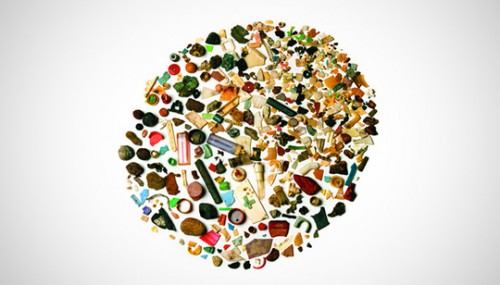
Alaska is America’s wildest, most remote state. But it is not immune to manmade environmental damage (just ask the residents of Valdez). On some of Alaska’s most isolated beaches, you’ll find plenty of garbage — tons, in fact, as a group of scientists and artists discovered last summer, when they embarked on a 450-mile expedition to collect and document marine trash.The project was named Expedition Gyre, since most of the marine debris in Alaska emanates from the North Pacific Gyre. Launched by the Alaska SeaLife Center and the Anchorage Museum, Expedition Gyre brings together the visual arts and marine biology in an ambitious effort to raise awareness about oceanic plastic pollution. Throughout the one-week expedition, the scientists categorized their findings, while the artists collected pieces of trash that will be used to create work for an exhibit curated by the Anchorage Museum.
The exhibit, which will run at the Anchorage Museum from February 2014 to September 2014, will feature the work of more than 20 artists from around the world, not all of whom took part in the Gyre trip. After the Anchorage showing, the Gyre exhibit will travel to museums around the world, highlighting the global nature of marine pollution.
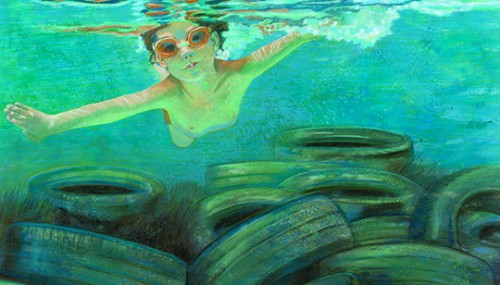

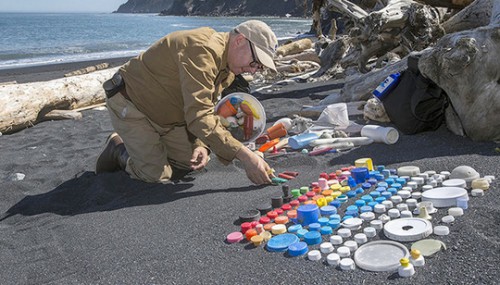
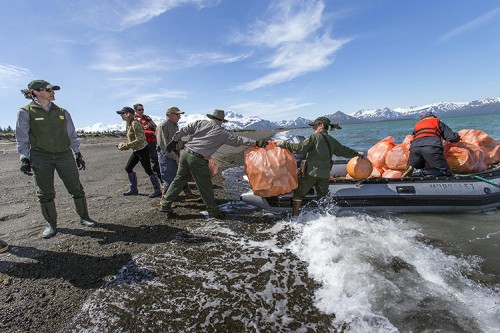
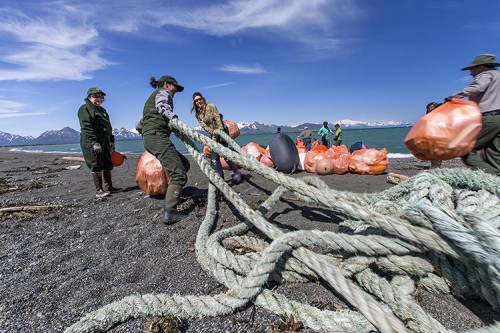
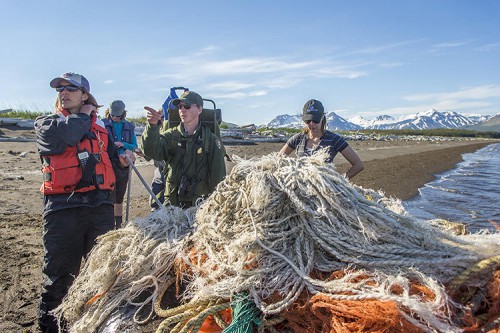
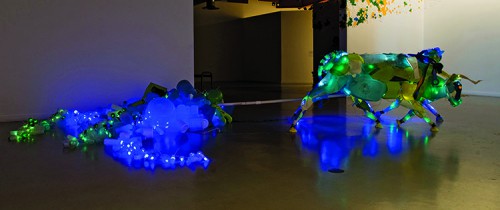
[via Fast Co. | Exist]
